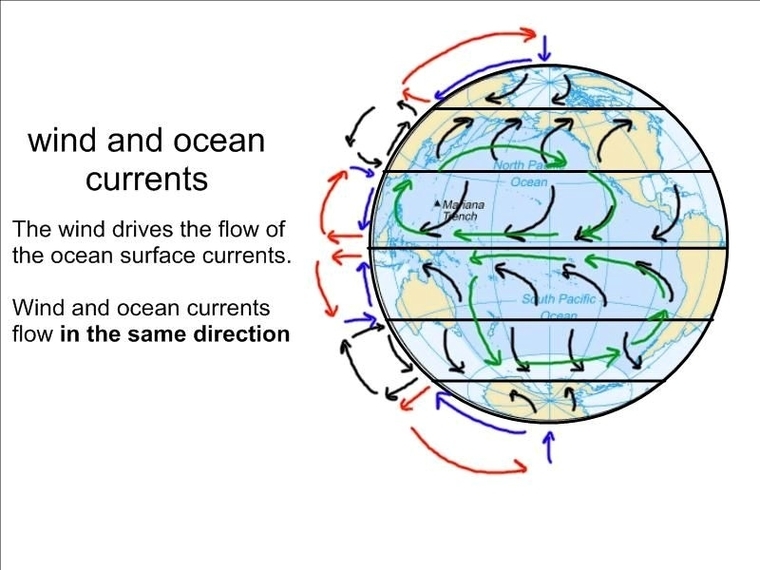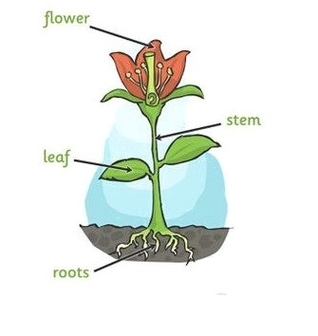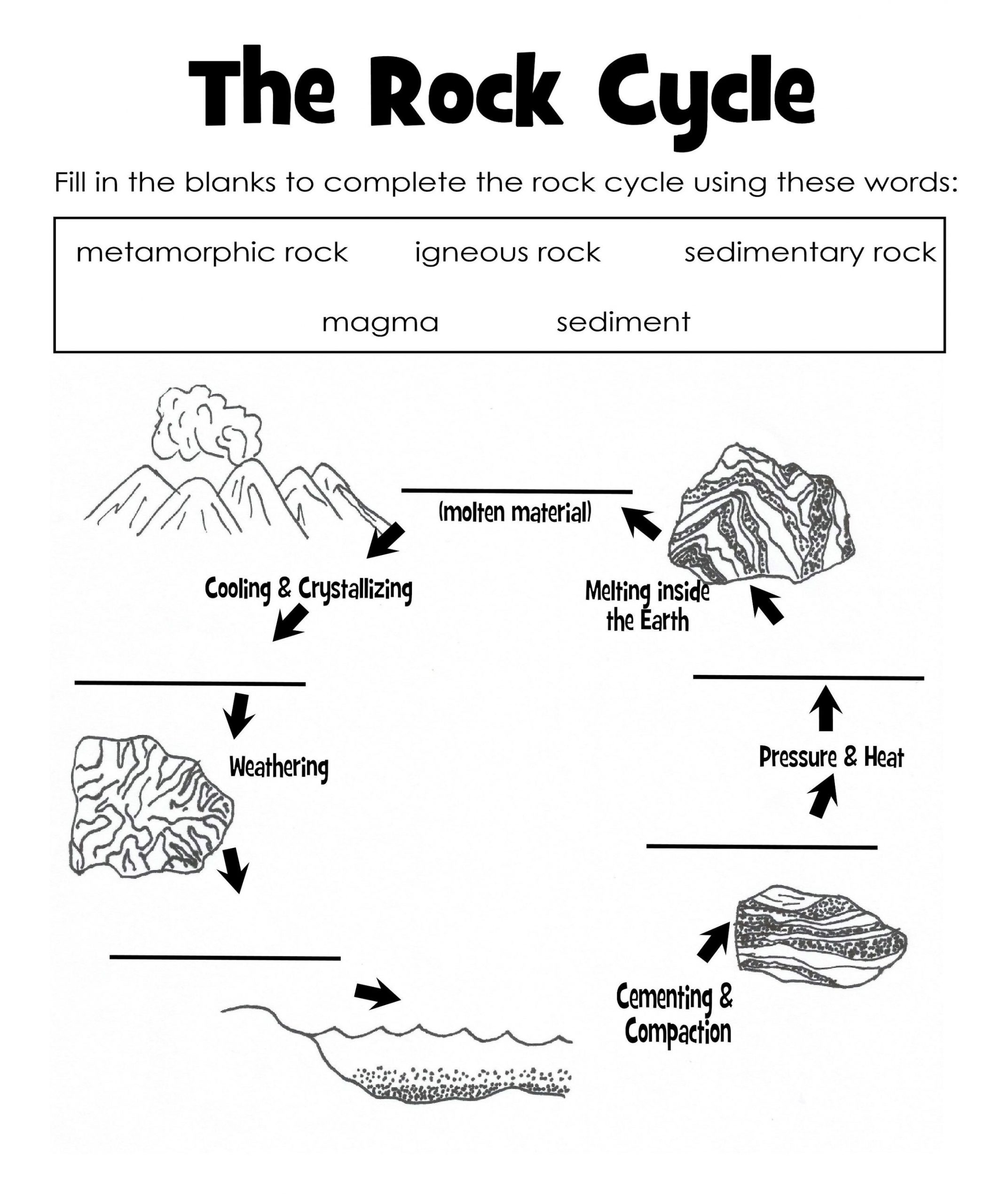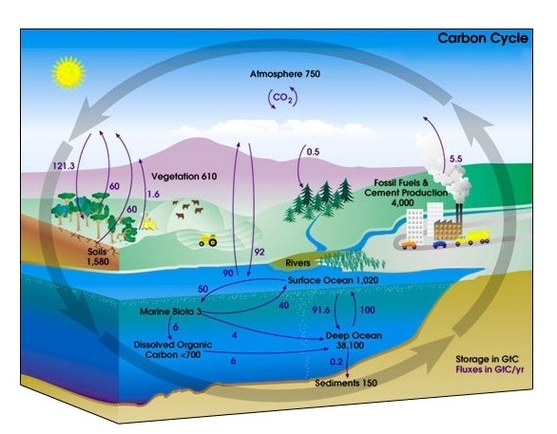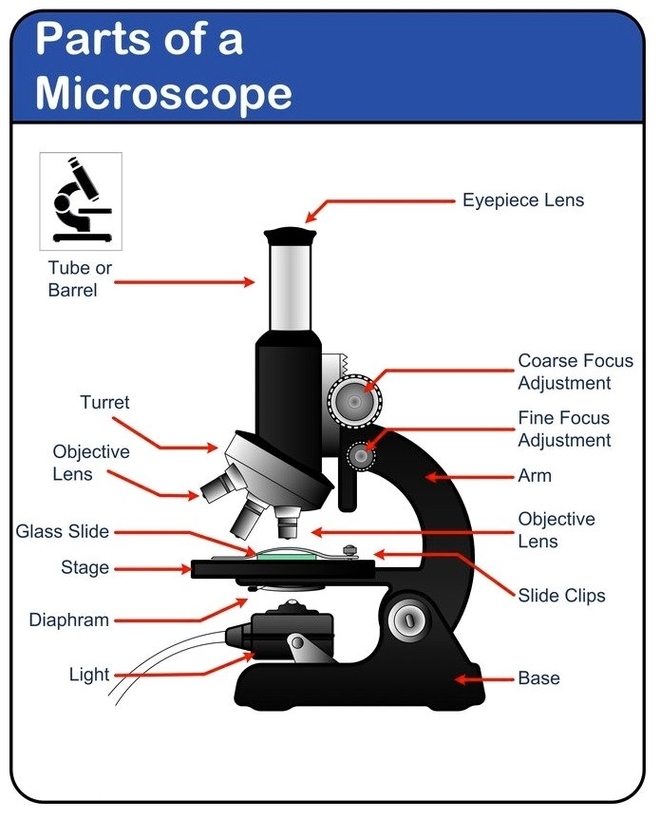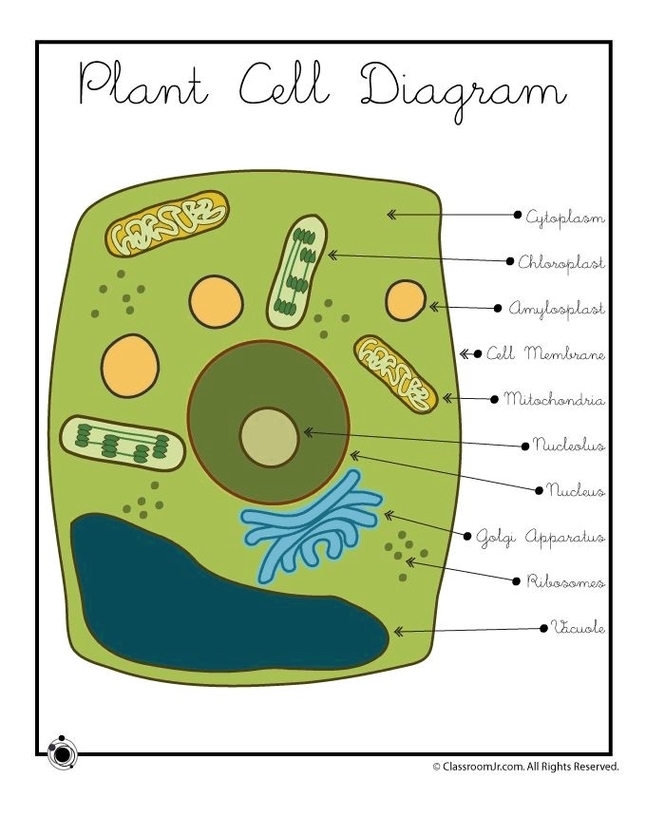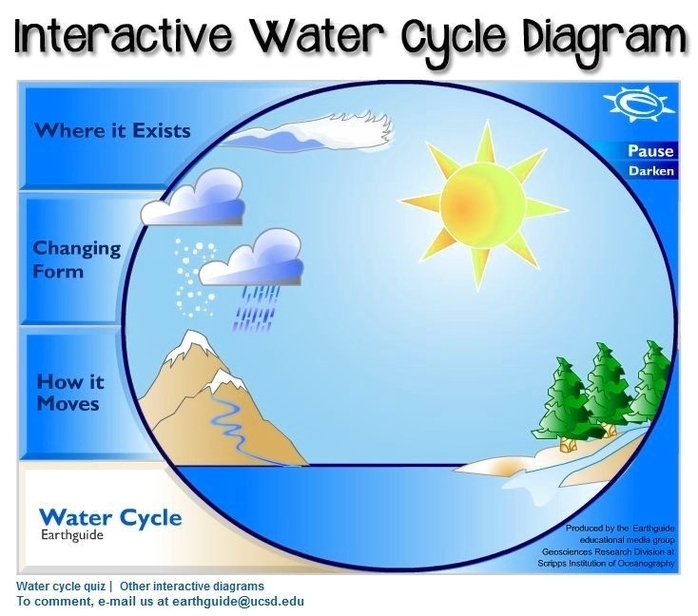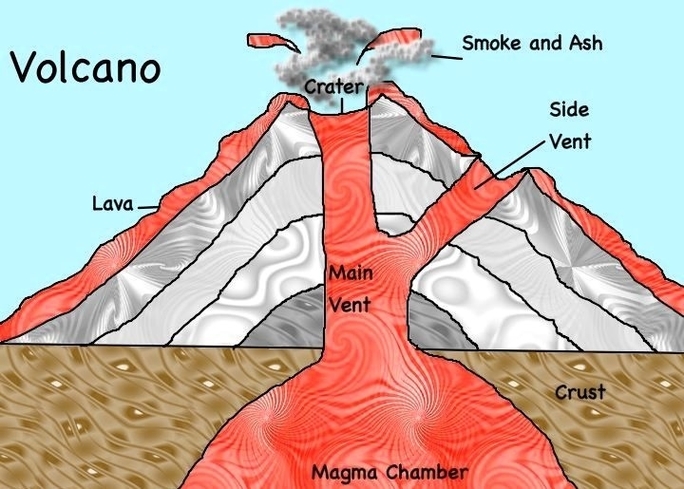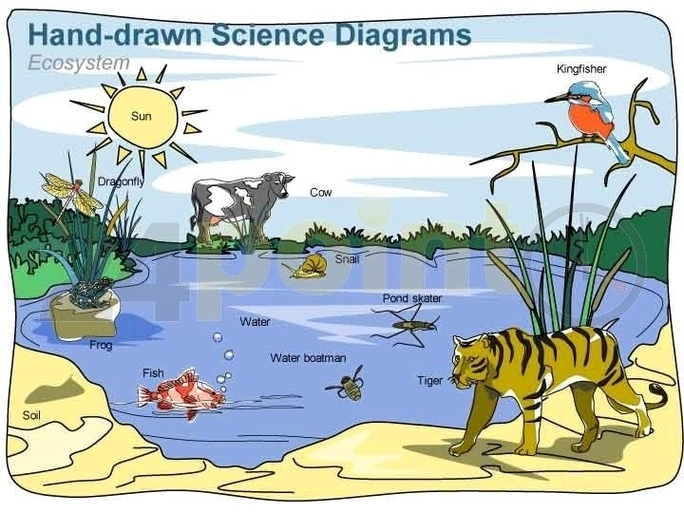Global winds and ocean currents are responsible for distributing global heat, which directly affects continental climates. To understand how these currents form, a knowledge of the impacts of Earth’s motion is necessary. Was this helpful?
The Earth’s rotation on its axis causes ocean currents and winds to curve to the right (clockwise direction) in the Northern Hemisphere and to the left (counter clockwise direction) in the Southern Hemisphere. As the winds and currents move, the Earth rotates underneath them. The currents appear to curve in relation to the Earth’s surface.
Surface currents, which make up only 8% of all water in the ocean, are generally restricted to the upper 400 m (1,300 ft) of ocean water, and are separated from lower regions by varying temperatures and salinity which affect the density of the water, which in turn, defines each oceanic region.
